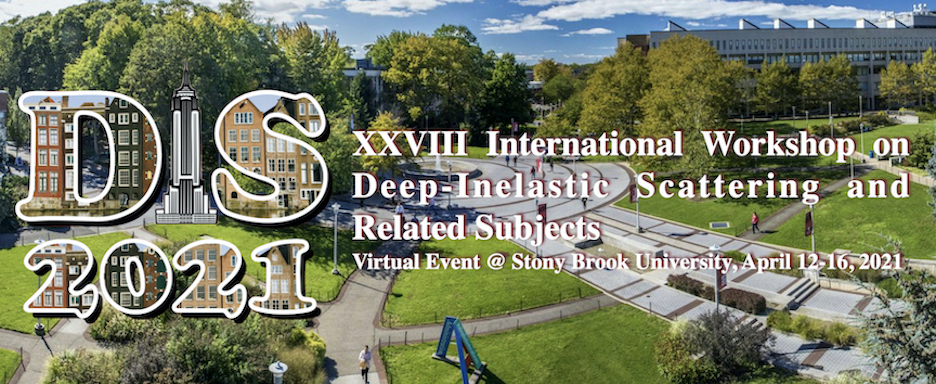Speaker
Description
LHC collisions can act as a source of photons in the initial state, in addition to the more standard quark and gluon initiated processes. This mechanism often plays an important role in the production of particles with electroweak couplings, and a precise account of photon-initiated (PI) production at the LHC is a key ingredient in the LHC precision physics programme. While one approach to treating this is to introduce a photon PDF, in line with the QCD partons, I will instead discuss the possibility of modelling PI processes directly via the so-called structure function approach. This makes no direct reference to PDFs and is (at least in certain cases) by construction more precise than the PDF approach. This in addition allows one to make use of another useful feature of photons, namely that they are colour-singlet and can often be emitted elastically (or quasi-elastically) from the proton. I will discuss recent work on applications of the structure function approach to precision calculations of PI production in the inclusive mode, and to 'exclusive' processes with rapidity gaps, which can provide a unique probe of the Standard Model and physics beyond it.

